© ROOT-NATION.com - Use of content is permitted with a backlink.
Elon Musk’s Neuralink chip is already in the head of the first person. What do we know about this technology and how does it work?
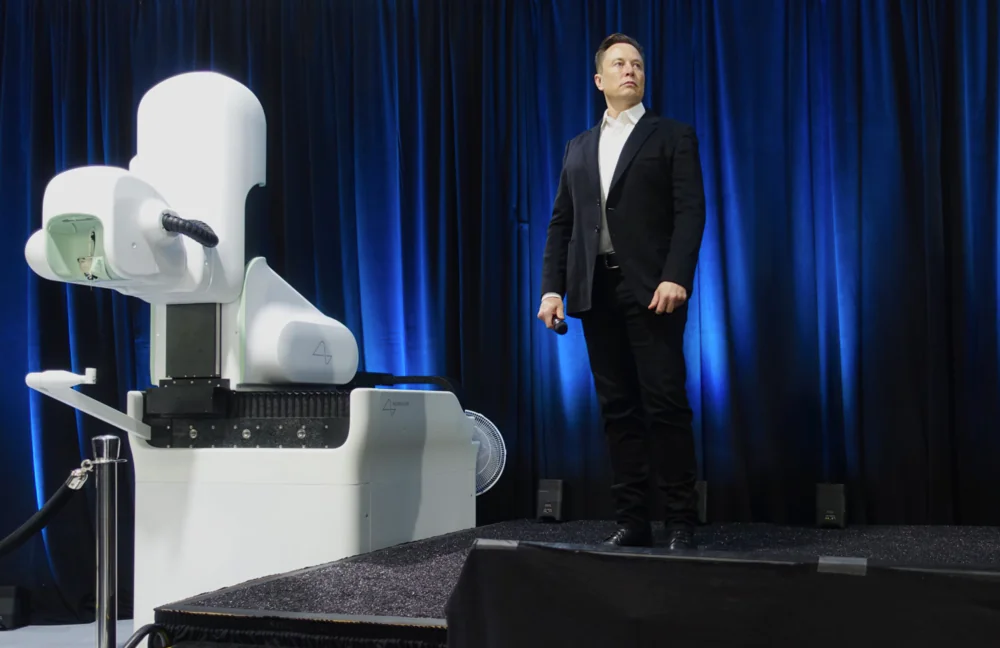
Elon Musk shocked the world by announcing the successful implantation of the Neuralink chip in the first person. I have already written a separate article about these developments. However, the product called Telepathy could be a real breakthrough. Today, let’s discuss the achievements of the world’s richest person’s company and try to answer the most common questions.
Read alsо: How to use Copilot to control your Windows 11 PC
Implantation of the Neuralink chip in the first person
Let’s recall, Elon Musk announced this potentially epoch-making event as usual – with a post on his private account X (formerly Twitter), where more than 170 million people follow him. Shortly after the message was published, it was viewed by over 30 million platform users.
Enables control of your phone or computer, and through them almost any device, just by thinking.
Initial users will be those who have lost the use of their limbs.
Imagine if Stephen Hawking could communicate faster than a speed typist or auctioneer. That is the goal.
— Elon Musk (@elonmusk) January 30, 2024
In the subsequent updates, Musk revealed the device’s name – Telepathy. He also added that the chip is intended to allow users to control a smartphone or computer with their thoughts. Primarily, Neuralink will implant the chip in individuals who have completely lost their limbs or the ability to sense them.
Read also: Midjourney V6: all about the next generation of AI
What is Neuralink?
Neuralink is a startup founded by Elon Musk and a group of seven scientists and engineers around the years 2016-2017. Soon, experts in fields such as neuroscience, biochemistry, and robotics joined the company. In April 2017, the company publicly announced its goals for the first time — treating brain disorders and eventually enhancing human capabilities with electronics, or even transhumanism.

It’s worth noting that as of January 2022, only two out of the eight founders of the startup are currently working at Neuralink.
Brain implantation – has anyone done it before?
Scientists have been engaged in such developments before. Neuralink did not reinvent the wheel, as the company’s development is based on decades of research related to the implantation of electrodes into the brain. The work on one of the first devices of this type – the Utah Array – was demonstrated in humans as early as 2004. Such innovative devices were used to alleviate symptoms or assist in conditions like paralysis, epilepsy, and Parkinson’s disease.
In the final stage, the procedure involves the implantation of corresponding electrodes into the brain and connecting them to a stimulator, which is embedded under the skin of the chest. However, this type of surgical intervention requires careful patient selection, prior observation, and examination by a team of specialists. Although the treatment is effective (with a positive effect lasting up to 10 years), it comes at a considerable cost. The stimulator does not cure Parkinson’s disease, but it significantly improves the quality of life for those affected by it.
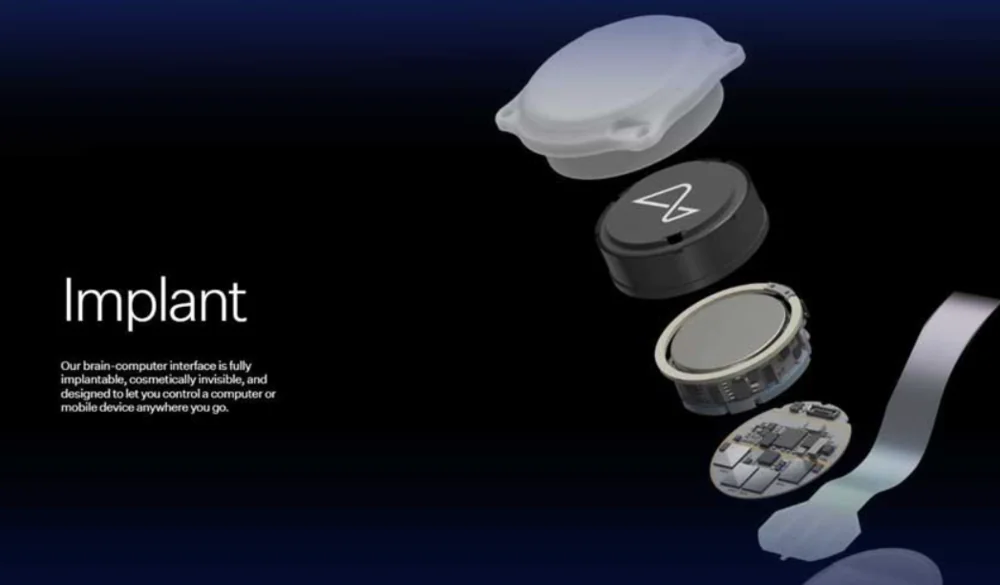
Currently, Neuralink and Elon Musk are considering doing something very similar – improving the functioning of people with limited abilities. According to the announced plans, the chip is intended to provide a higher level of functioning for individuals who previously had limited abilities to communicate or engage with the outside world. This includes, among others, people who are almost completely paralyzed.
Read alsо: All About Frontier Supercomputer
Is it legal to implant a Telepathy chip?
Elon Musk has several seemingly wild ideas, but they are not as crazy as they may seem. Neuralink operates entirely legally and complies with American legislation. Just a year after its founding, Musk’s company began animal testing, using pigs and monkeys, among others, for experiments. However, over the years, the startup has faced serious accusations of cruelty to animals and the unnecessary deaths of test subjects. Nevertheless, the company insisted that they were acting in accordance with procedures and the law.

In mid-May 2023, the Food and Drug Administration (FDA) granted approval for testing the Neuralink implant on humans. This agency regulates, among other things, clinical trials of new medications. At that time, Musk announced the creation of a list of volunteers for human experiments. However, this list is intended to be limited to patients with paralysis.
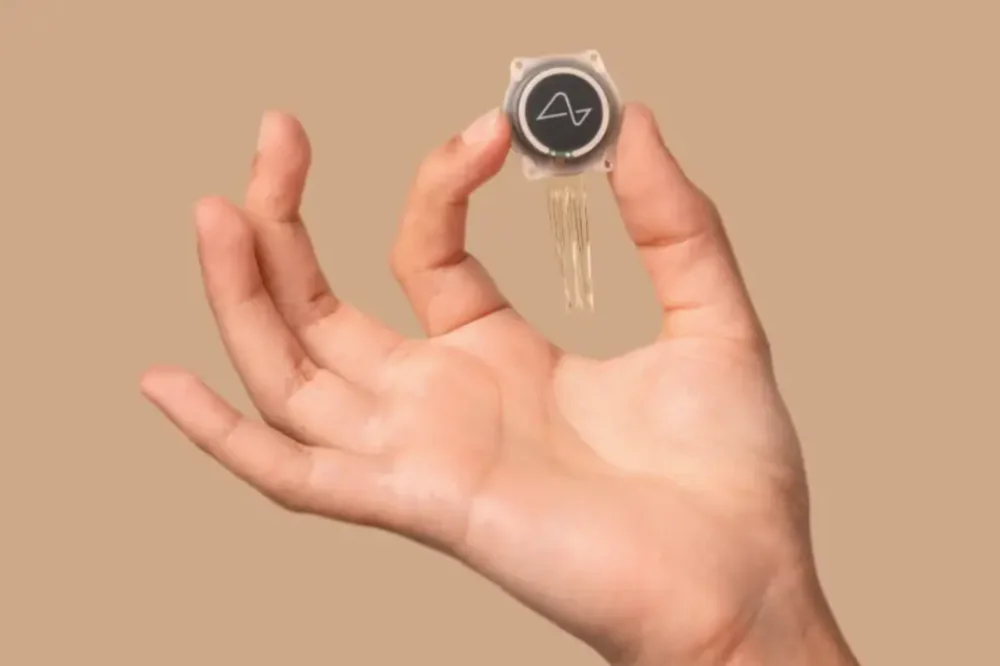
Regarding the legality of the implant, it’s important to emphasize that laws are not uniform worldwide (Musk has already encountered some issues understanding this fact). Some medical aspects are treated with utmost seriousness. Successful trials or even approval for the commercialization of the Telepathy implant in the United States does not necessarily mean it will be automatically approved for use in the European Union or other parts of the world.
Read alsо: Technology forecasts for 2024: what to expect?
What’s new in Neuralink Telepathy?
If the technology of brain implantation is known and tested, why are Neuralink’s recent achievements compared to landing on the Moon? The short answer: it’s about the technological level of the Neuralink chip.
The main technological achievement lies in the quantity and density of electrodes contained in the Telepathy chip. Even the widely publicized Neuralink test with a monkey playing ping-pong through the power of its mind wasn’t particularly groundbreaking (scientists had previously demonstrated monkeys controlling their thoughts using a computer cursor).

The Neuralink chip does not impact entire brain areas – the quantity of electrodes allows it to influence a much smaller “target,” meaning signals from specific neurons. Other devices, in contrast, receive signals from entire groups of neurons. Therefore, the Neuralink solution is more precisely defined.
Read alsо: What is Gemini: All about Google’s new AI model
How exactly does the Telepathy implant work?
Another “Elon Musk’s touch” can be seen in the modern methods of operation and user interaction with the device. Neuralink has developed a special robot for the implantation operation.
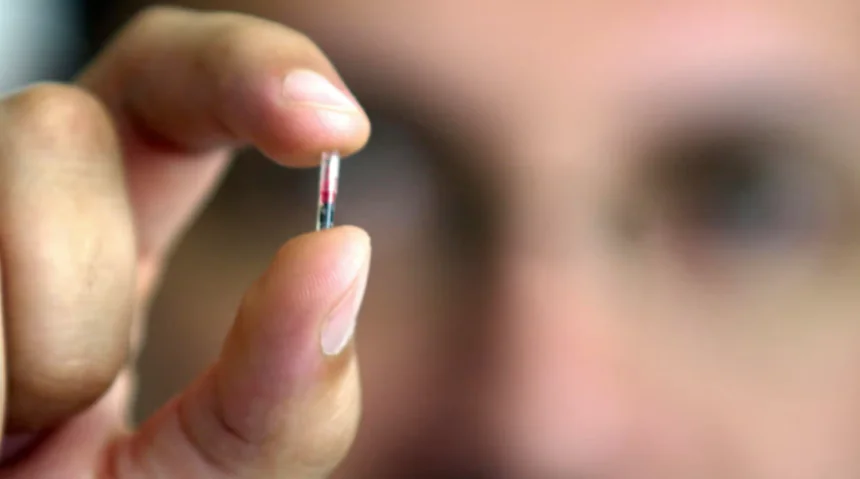
After the implantation, the user can wirelessly send signals that will be received by the Neuralink program. This program interprets and decodes the patient’s intentions, transforming them into specific actions. The device is also wirelessly charged, further enhancing the comfort for individuals who choose to undergo the implant procedure.
https://twitter.com/neuralink/status/1666248950431760384
Neuralink begins by assisting paralyzed individuals, but according to Elon Musk’s statements, over time, this program will expand to include people with hearing and vision impairments. However, in his typical style, the billionaire also dreams of enhancing the abilities of average individuals, such as connecting the brain to artificial intelligence algorithms.
Read also: Self-driving cars: how long to wait for revolution?
What will Musk do next?
This question, along with whether clinical trials on humans will continue, is of interest not only to experts, scientists, and journalists but also to ordinary citizens.
Currently, the Telepathy chip is undergoing clinical trials in humans. From previous reports, we know that Neuralink plans to conduct a total of 11 operations on willing patients and continuously monitor their conditions. This process aims to help the company determine the final design and parameters of the product. However, Elon Musk’s statements should be approached with some degree of skepticism, as the billionaire regularly exaggerates his promises and figures.
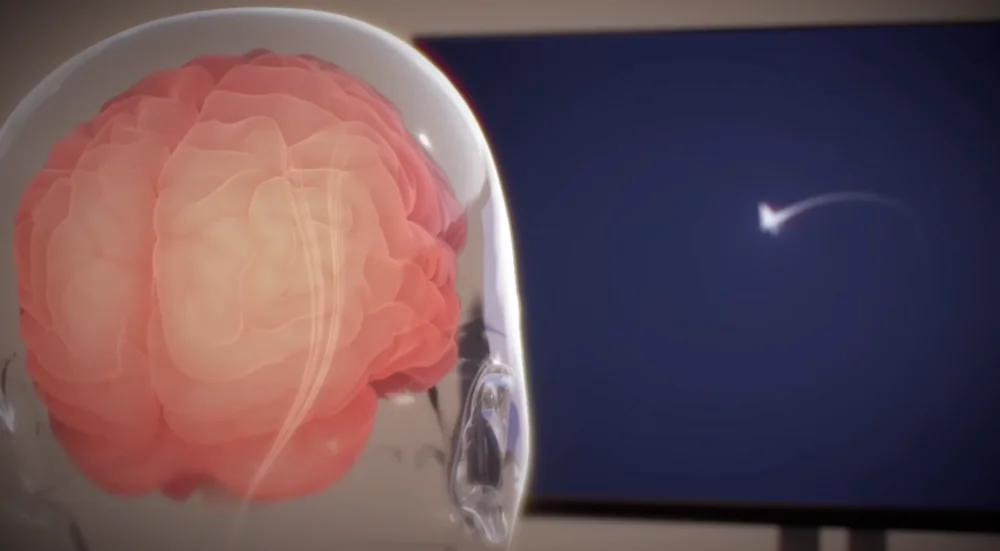
However, clinical trials of the medical device currently involve 5 to 10 participants who will undergo surgery and be observed for a year. But this is just the beginning. Neuralink Telepathy will undergo another techno-economic justification. The third stage involves pivotal clinical trials.
So, don’t hold your breath just yet, as it will take another five to ten years before the final implementation and commercialization of the Neuralink Telepathy program.
Elon Musk is a person who likes to stay in the spotlight. On one hand, he is a figure who has done a lot for the world of technology – just consider companies like PayPal, Tesla, or Starlink to see the impact Musk has on everyday life. On the other hand, the billionaire is known for his controversial statements, and recently, it’s clear that not everything he touches turns to gold. A prime example is Twitter – once a profitable company under Musk’s leadership, it found itself on the brink of bankruptcy. Therefore, the prospects of the Telepathy chip are not entirely clear yet. There are only Musk’s words, and so far, there is no information about the results of the implantation.
Reaction of the world community
People’s reactions? Well, the reaction of different individuals to this chip varies dramatically. On one hand, there are techno-enthusiasts who support the project, appreciating the progress made. On the other hand, there are people who are absolutely terrified by the dystopian vision of the future where there’s no escaping electronics and computers because they will be in our heads.
However, I believe that most people exhibit both emotions simultaneously, seeing both great potential and a tremendous threat to the future development of humanity in this technology.
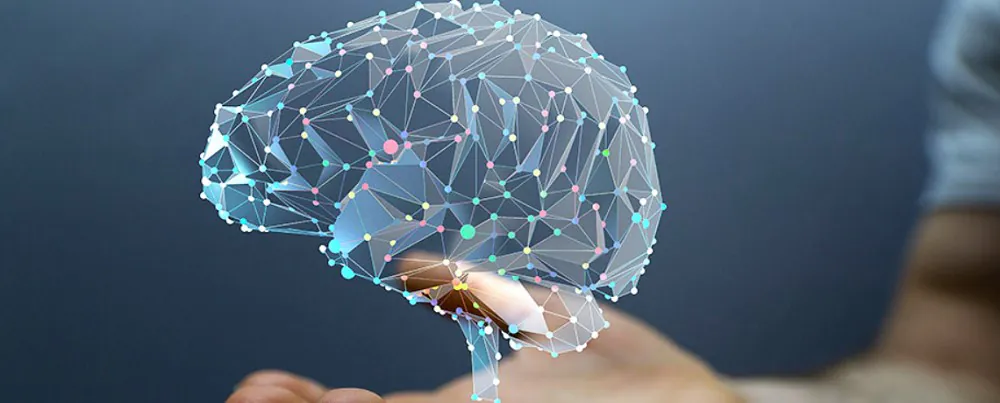
Naturally, people fear not so much the chip itself but its potential. We live in a world where large corporations exceed their powers every day. Google, Facebook, and others have been repeatedly penalized for violating user agreements and leveraging their position to increase profits at the expense of the security and privacy of people using their services. Therefore, one can be almost certain that the proliferation of this technology will eventually lead to the same mechanisms, which in this case may have much more far-reaching consequences.
However, if the chip implantation procedure proves to be effective, I am very curious about how the practical use of such an interface will look like. Soon, we will find out what years of research have brought – whether it’s a significant breakthrough or a dead end.
We will closely monitor developments and make sure to keep you informed of any updates.
Read also:
- Human Brain Project: Attempt to imitate the human brain
- What are neural networks and how do they work?

